Mythology
-
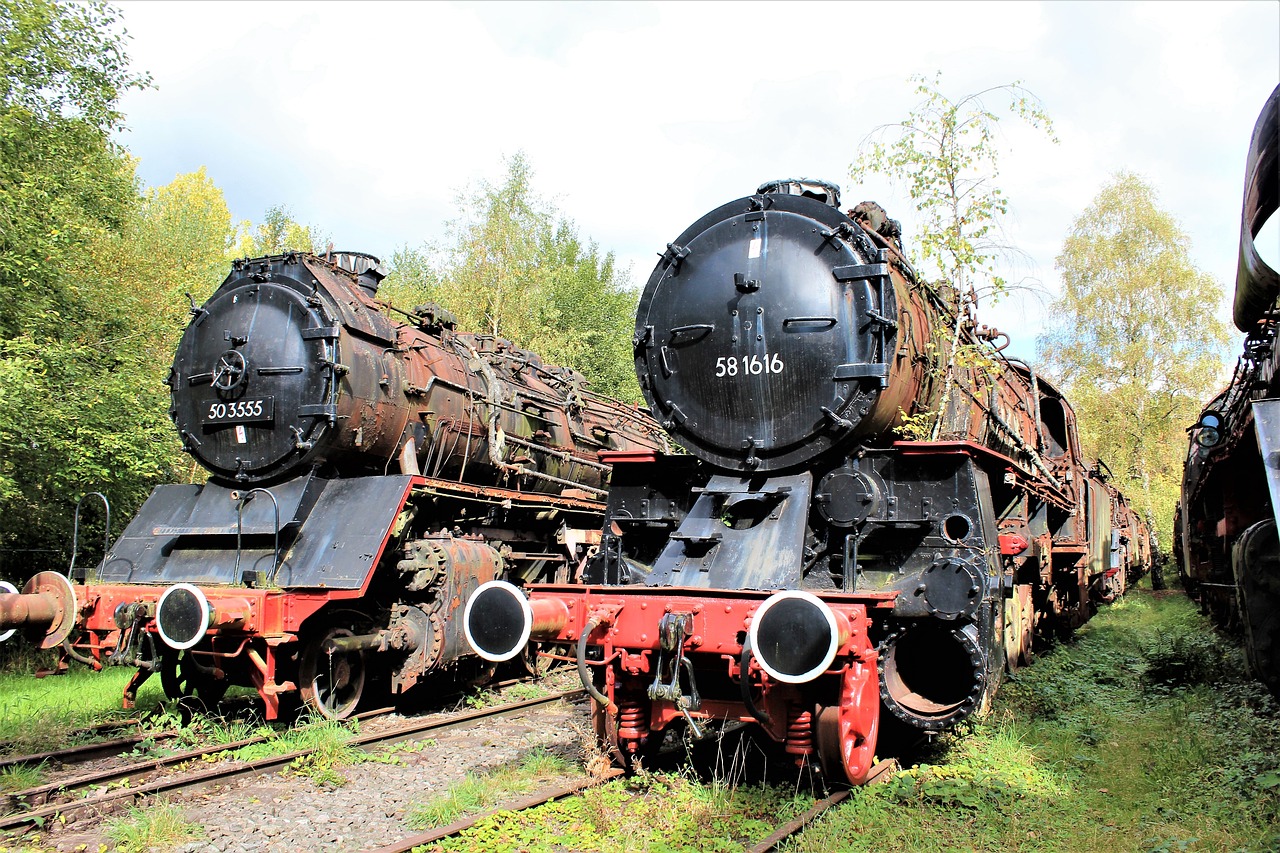
Hermes: The Olympian Messenger Hermes, known as the Olympian deity, held dominion over herds, commerce, heralding, athletics, and even thievery. This overview delves into his attributes, divine estate, sacred flora and fauna, and associated deities. Classical representations of Hermes highlight several distinct features: the herald’s wand (known as kerykeion in Greek and caduceus in Latin),…
-

Ireland, a small yet historically rich island, boasts a wealth of folklore that has been preserved through oral traditions over generations. These stories often intertwine with the landscapes, offering explanations for the unique features and characteristics of various locations. The Tale of the Children of Lir The story of the Children of Lir is prominently…
-
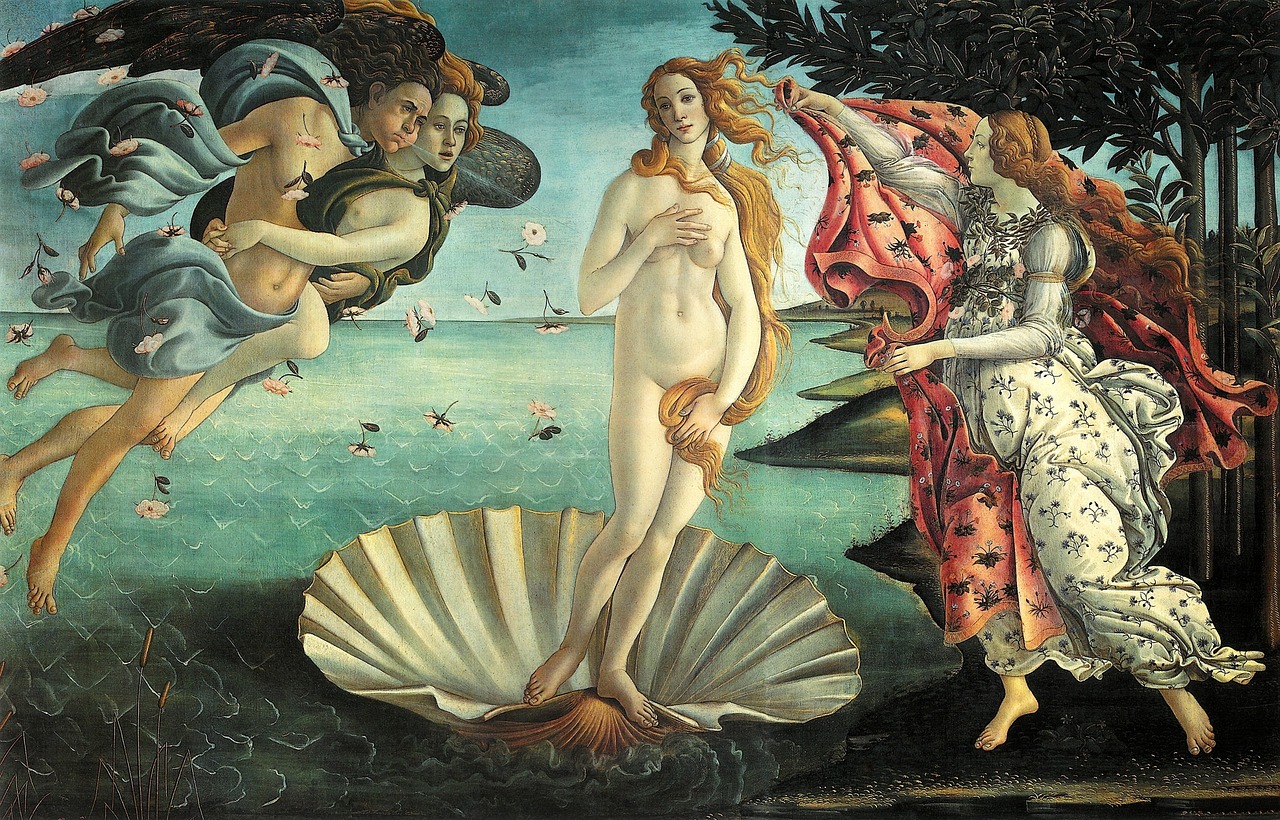
Selene, among the younger generation of Titans, served as the Greek goddess representing the moon. Many ancient poets and authors depicted her not just as a celestial figure but as the very embodiment of the moon. Revered as a vital celestial presence, Selene garnered respect not only as a lunar goddess but was also associated…
-
The Tale of Lir and His Enchanted Children Background Lir resided in the realm of Sídh Fionnachaidh, an area linked to the maritime imagery that bonds him to Manannán Mac Lir, the god of the sea. The Story of Lir Lir’s tribulations began when Bodhbh Dearg, known as Bov the Red, ascended to the throne…
-
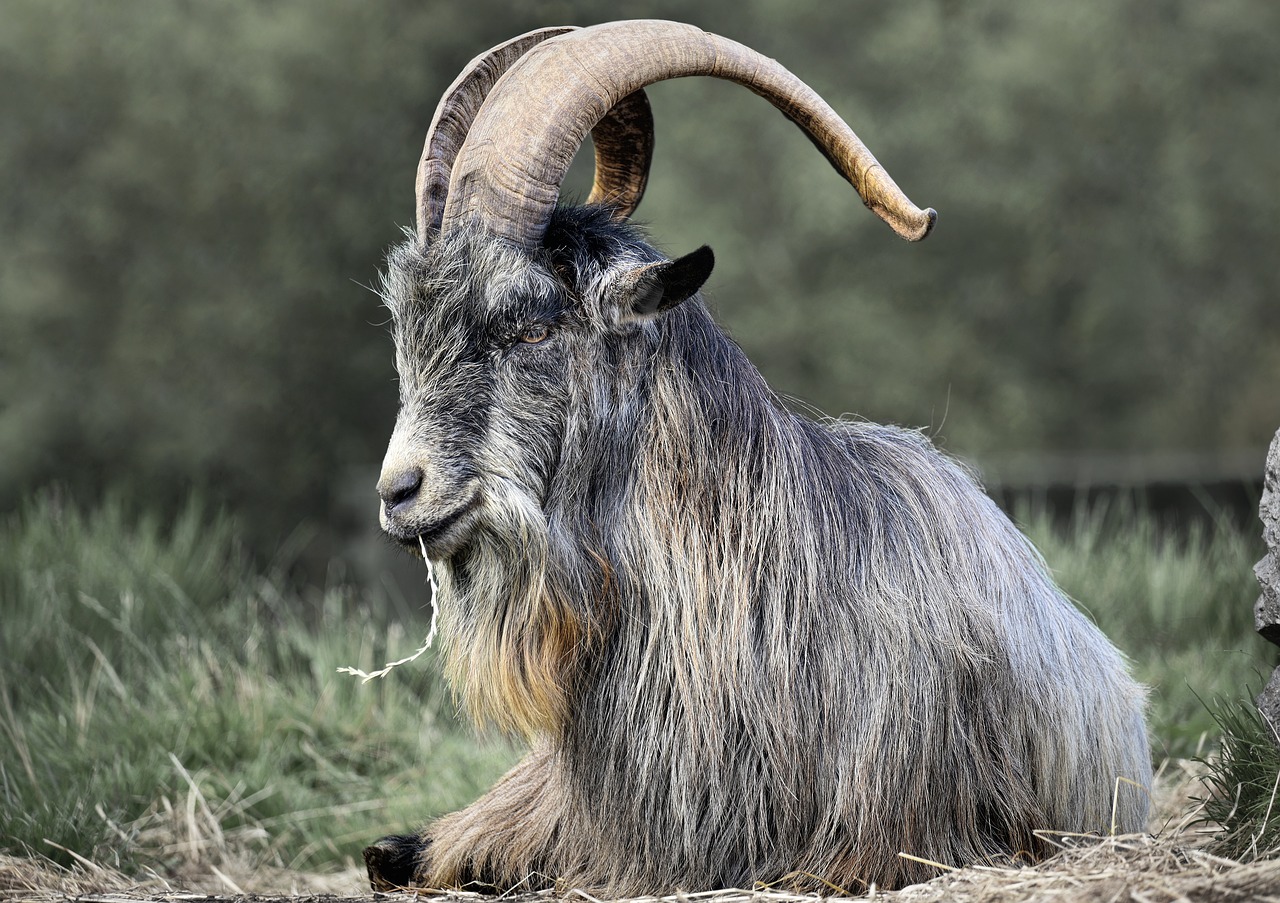
The Enigmatic Goddess Clíodhna Among the captivating figures of Irish mythology, the Goddess Clíodhna stands out prominently, enchanting all those who hear her tale. Renowned as the most beautiful woman of her time, Clíodhna embodies love and reigns as the Queen of the Banshees in Ireland. Her legend is firmly entrenched in the folklore of…
-
Awakening during Brigid’s Season As we approach Imbolc, the time of awakening in the northern hemisphere, we find ourselves at another pivotal moment. Imbolc, known as “Imbulk” or “Imbolg” in Old Irish, signifies ‘in the belly’ (with ‘bolg’ meaning ‘belly’ in Gaeilge, or the Irish language). This term is believed to relate to the pregnancy…
-
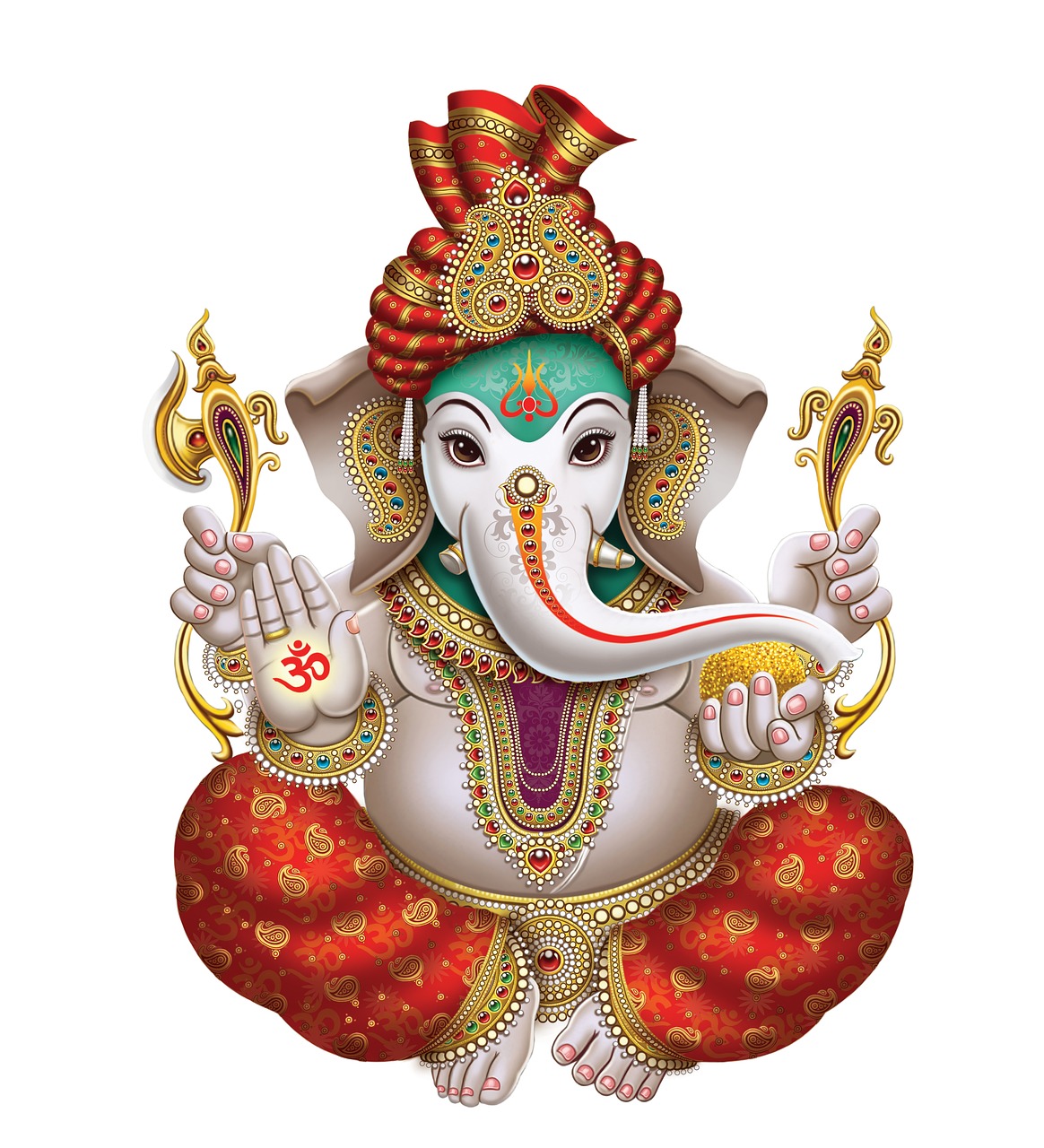
The Early Years of Cú Chulainn In ancient Ireland, there was a young lad known as Setanta, who would later be celebrated as Cú Chulainn. He resided in the vicinity of Dún Dealgan, contemporary Dundalk, alongside his father Sualtam, a valiant warrior, and his mother Dechtire. His uncle, Conchobar mac Nessa, ruled as the king…
-
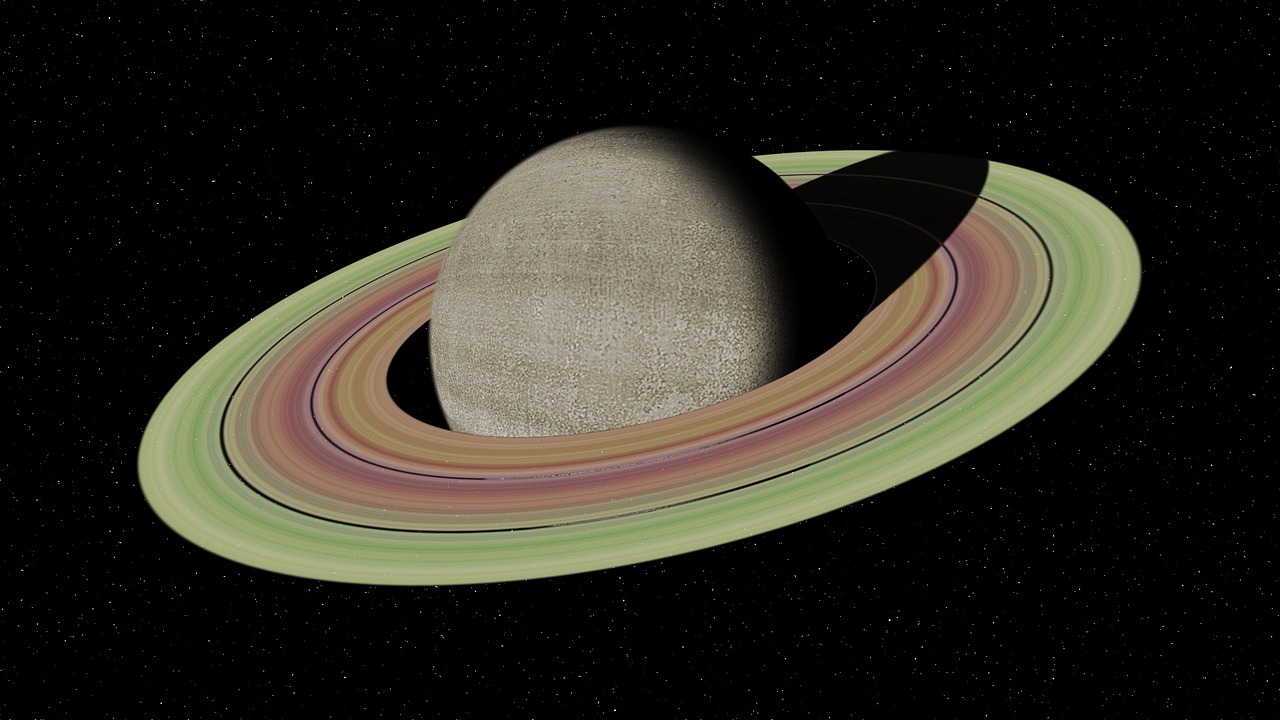
Saturn, known in Roman mythology as Saturnus, bears similarities to his Greek counterpart, Cronus. Often illustrated in art with a scythe in hand, he is recognized primarily as a deity of agriculture, particularly in relation to seed corn. The Saturnalia festival, a major event in the Roman calendar named in his honor, underscored his significance,…
-
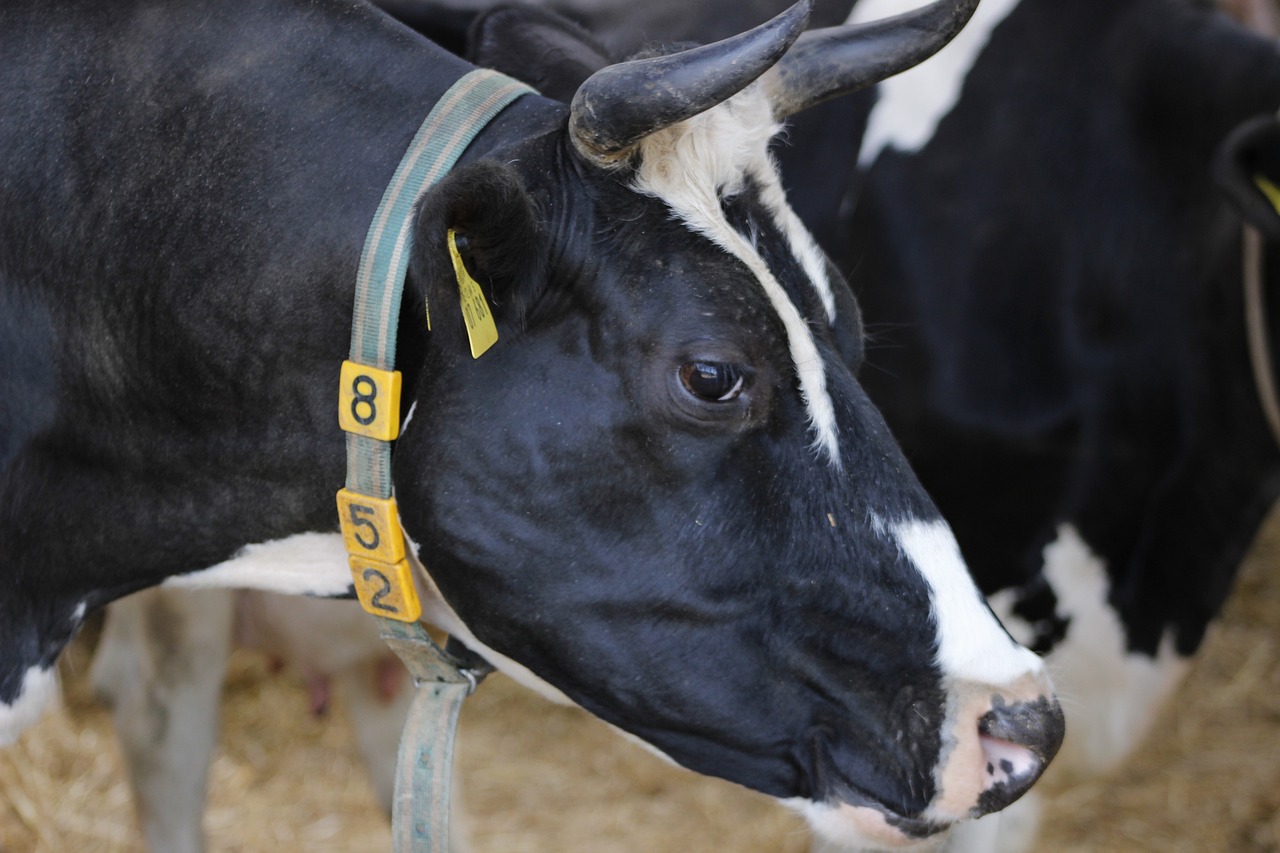
Demeter, in Greek mythology, is recognized as the daughter of Cronus and Rhea, the sister and consort of Zeus, and a prominent goddess of agriculture. Her title emphasizes her maternal role. Although Homer seldom mentions her and she is not traditionally seen as one of the Olympian deities, the foundation of her mythological stories is…


